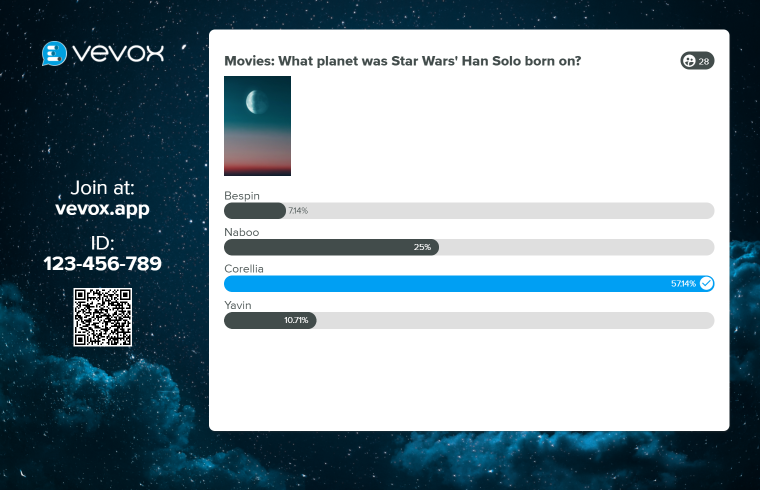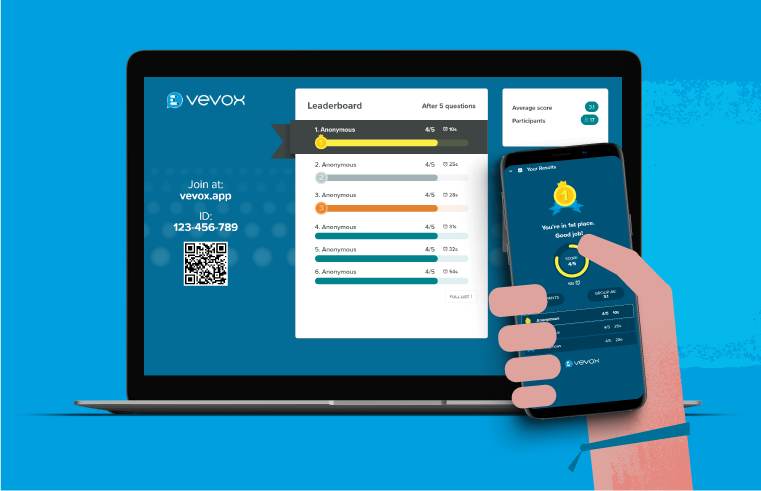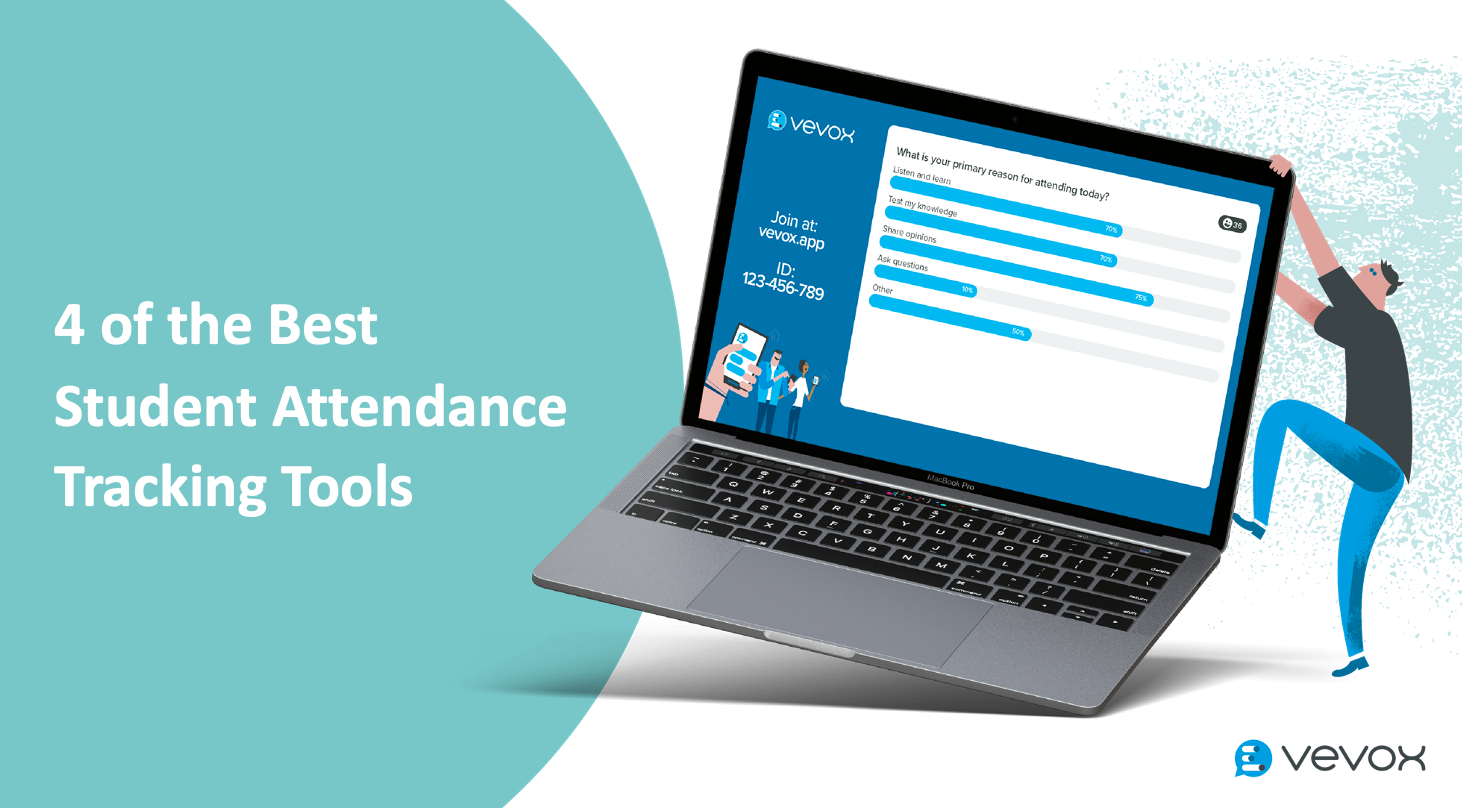"Timeliness, proximity, versatility – these are among the key measures of today's high-impact learning organization, mobile-learning plays a critical role in helping organizations meet the demands of these measures" says David Mallon, Head of Research at Bersin.
The Dilemma
Learning and development budgets are already under pressure and training courses are scrutinised to ensure value for money. As a result, week-long courses are cut to three days, and three day sessions boiled down to an afternoon. Many companies are turning to online learning or a blended programme to help reduce costs.
And yet while online courses have their place, there are still many advantages to instructor-led training, whether in a traditional set up, or as part of a flipped classroom model. The latter option means employees do the groundwork, learning in their own time and the training room or lecture hall becomes a forum for discussion and interaction afterwards.
One major advantage of online courses is that they can be used to collect data to show employee progress and levels of competency. Traditional trainers may use post-course surveys to gauge satisfaction and engagement. However, these can be cumbersome to manage – and vague in their accuracy; employees or other trainees are often rushing off to meetings or home and don’t fill them in, however valuable they found the course.
The Solution
Applications or platforms originally used for business meetings, but which are being widely used in lecture theatres throughout the country, are now being introduced to the training world. These app-like platforms can be downloaded onto any smartphone or tablet or from the web, which means employees and other trainees can use their own phones, eliminating the need for renting devices such as 'clickers' or expensive software.
The trainer can use this platform to design polls, quizzes, discussions and question and answer sessions. Trainees can then vote or send questions or comments via their phone. Results can then be sent back to the trainer or a moderator and displayed immediately as part of a PowerPoint presentation. A poll can be versatile. It can ask for subjective opinions or it can check understanding and learning retention. Time can be allocated depending on the results, ensuring that training sessions are focused and targeted. Results can be reported to Line Managers to show employee progression and/or highlight the need for further training.
Question and answer sessions enable employees to iron out issues they are unsure about. The trainer can either answer questions individually after the session or if there are several similar questions, use these as a guideline to shape the entire session. Questions can be asked anonymously if wished. This facility is a valuable one as it makes interaction more inclusive. It also means communications are more honest and employees are more inclined to ask the 'obvious questions'. A moderator can be used to weed out any inappropriate questions or those that might veer the session off course.
This kind of application lends itself perfectly to the flipped classroom approach as polls or quizzes can be used to kick-start discussion and the Q&A facility used to clear up any misunderstandings or confusion. Using a PowerPoint add-in, polls can even be created and inserted into the training presentation during the session, so discussions can be dynamic and fluid, enabling the trainer to take the session wherever they need to for optimum results.
Conclusion
Many technologies are gradually finding their way into instructor-led training, from the interactive whiteboard to the tablet. However in most cases, these can add considerable extra sums to training overheads. However, live polling apps such as Vevox can sometimes be downloaded free of charge for the entry-level version with modest subscription thereafter.
One of the important points about these apps – learnt from their increasing use in higher education – is that users find they make sessions more engaging and interactive. This fact alone means that they will add value to a training course. But the real benefit lies in the data collected during the sessions. This can be collated and presented in report form and used as business intelligence for the HR team or training department.



.png)

